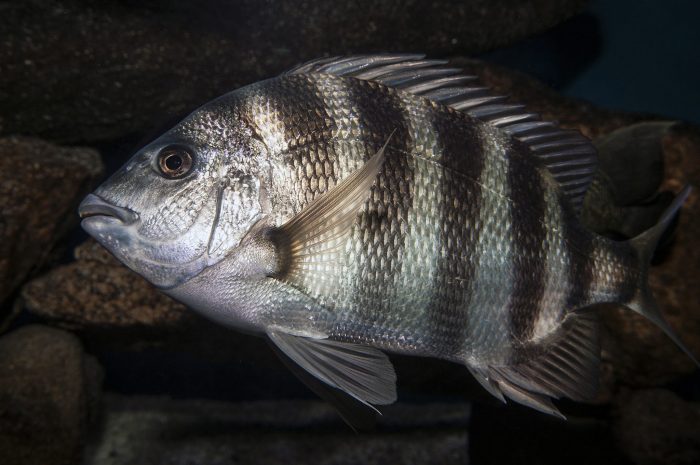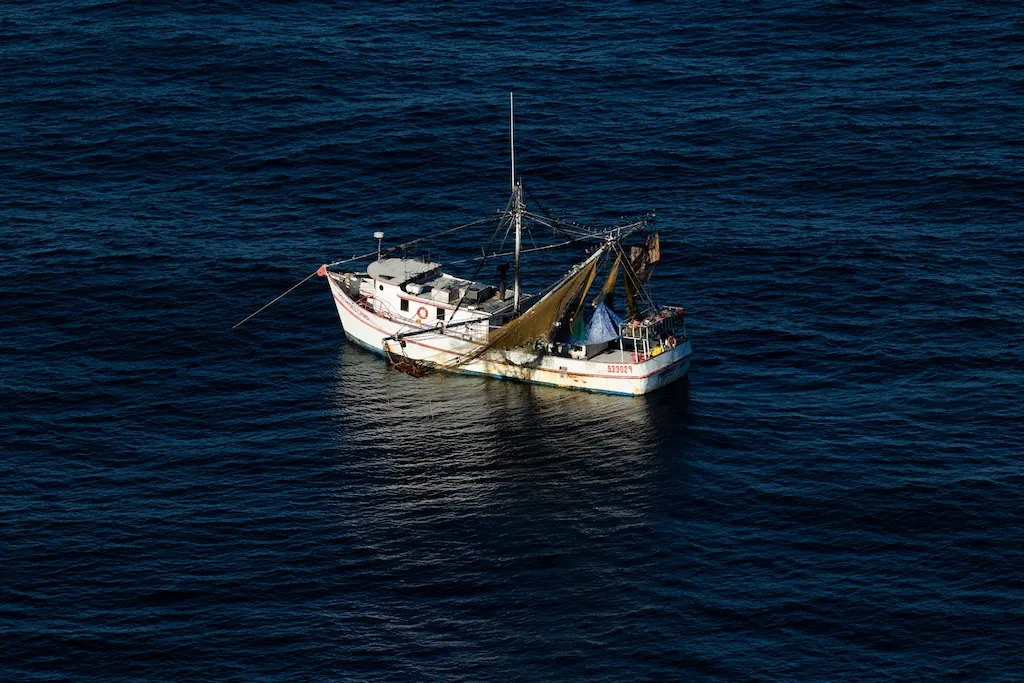Report on the Long-Term Fate of Oceanic Plastic Pollution and its Implications for Sustainable Development Goals
1.0 Introduction
A recent study published in Philosophical Transactions of the Royal Society A provides critical insights into the long-term persistence of plastic pollution in marine environments. Research led by Queen Mary University of London, in collaboration with HR Wallingford Ltd, establishes that buoyant plastic debris will continue to pollute the ocean surface and release microplastics for over a century, even if all plastic inputs cease immediately. These findings present a significant challenge to the achievement of several Sustainable Development Goals (SDGs), most notably SDG 14 (Life Below Water) and SDG 12 (Responsible Consumption and Production).
2.0 Key Research Findings
The study utilized an environmental model simulating the movement of plastics from the ocean surface to the deep sea. The primary conclusions are as follows:
- Slow Degradation Process: The primary limiting factor in removing plastic from the ocean surface is the slow degradation of large, buoyant plastics. These items fragment into smaller microplastic particles over decades due to sunlight and wave action.
- Sedimentation Mechanism: These microplastic fragments eventually attach to “marine snow” (sticky organic material), which facilitates their transport from the surface to the seafloor. However, this process is exceptionally slow.
- Long-Term Surface Pollution: The model indicates that even after 100 years with no new plastic inputs, approximately 10 percent of the original buoyant plastic mass would remain at the ocean surface, continuing to fragment.
- The ‘Missing Plastic’ Problem: The research helps explain the discrepancy between the volume of plastic entering the ocean and the amount observed at the surface. The slow fragmentation and sinking process means a significant portion is in a transitional state, not yet settled on the seafloor but no longer large floating debris.
3.0 Direct Implications for SDG 14: Life Below Water
The study’s conclusions directly undermine the objectives of SDG 14, which aims to conserve and sustainably use the oceans, seas, and marine resources.
- Target 14.1: The persistence of microplastics for over a century directly contravenes the goal to “prevent and significantly reduce marine pollution of all kinds” by 2025. The research demonstrates that the pollution legacy will extend far beyond this target date, making its achievement impossible without addressing existing plastic.
- Marine Ecosystem Health: The continuous release of microplastics poses a long-term threat to marine biodiversity and ecosystem functions. These particles can be ingested by marine life, entering the food web and causing physical and toxicological harm.
- Ocean Biogeochemical Cycles: The report suggests that increasing microplastic concentrations risk overwhelming the ocean’s biological pump, a natural process for transporting carbon. This interference could have cascading effects on global climate regulation, linking the plastic crisis to SDG 13 (Climate Action).
4.0 Broader Impact on the 2030 Agenda for Sustainable Development
The intergenerational nature of plastic pollution has far-reaching consequences for other Sustainable Development Goals.
- SDG 12 (Responsible Consumption and Production): The findings are a stark indicator of unsustainable production and consumption patterns. The long-term environmental cost of single-use plastics highlights the urgent need to transition to a circular economy and implement source-reduction strategies.
- SDG 3 (Good Health and Well-being): As microplastics persist and accumulate in marine ecosystems, they increasingly contaminate the global food chain, posing a potential long-term risk to human health that will affect future generations.
- SDG 17 (Partnerships for the Goals): The study, itself a product of collaboration, underscores that this global, intergenerational problem cannot be solved by any single entity. It necessitates robust international partnerships between governments, industry, and scientific institutions to develop and implement effective, long-term solutions.
5.0 Conclusion
The research confirms that plastic pollution is an intergenerational problem requiring long-term strategic thinking that extends beyond surface-level cleanup efforts. The slow fragmentation of plastics ensures their continued presence in marine ecosystems for generations, posing a persistent threat to marine life and the achievement of the Sustainable Development Goals. Addressing this challenge requires a fundamental shift towards responsible production and consumption (SDG 12) to protect life below water (SDG 14) for the future.
Analysis of Sustainable Development Goals in the Article
-
Which SDGs are addressed or connected to the issues highlighted in the article?
The article on the long-term fate of microplastics in the ocean directly addresses and connects to several Sustainable Development Goals (SDGs). The primary and most evident goal is SDG 14, with strong connections to SDG 12 and SDG 6.
-
SDG 14: Life Below Water
This is the central SDG related to the article. The entire study focuses on understanding the movement, degradation, and persistence of plastic pollution in marine environments. The research explores “how plastic pollution moves from ocean surface to seafloor” and its long-term impact on the ocean, which is the core mandate of SDG 14 to conserve and sustainably use the oceans, seas, and marine resources.
-
SDG 12: Responsible Consumption and Production
The article implicitly addresses SDG 12 by highlighting the consequences of current plastic production and consumption patterns. The statement that “even if all plastic inputs into the ocean were stopped immediately, fragments of buoyant plastic debris would continue to pollute the ocean surface” underscores the urgent need to change how we produce and consume plastic goods to prevent waste generation in the first place.
-
SDG 6: Clean Water and Sanitation
While often focused on freshwater, SDG 6 is relevant as marine pollution is a direct consequence of inadequate management of pollution on land. The plastic debris entering the ocean degrades water quality. The article’s focus on “plastic inputs into the ocean” connects to the broader goal of improving water quality by reducing pollution and eliminating the dumping of materials into water bodies.
-
-
What specific targets under those SDGs can be identified based on the article’s content?
The article’s content allows for the identification of specific targets under the aforementioned SDGs.
-
Target 14.1: Reduce Marine Pollution
This target aims to “prevent and significantly reduce marine pollution of all kinds, in particular from land-based activities, including marine debris.” The article is entirely dedicated to understanding the dynamics of marine debris (plastic and microplastics). The research revealing that plastic pollution is an “intergenerational problem” directly reinforces the importance and difficulty of achieving this target.
-
Target 12.5: Substantially Reduce Waste Generation
This target calls to “substantially reduce waste generation through prevention, reduction, recycling and reuse.” The article’s core finding—that cleaning the ocean is not enough and pollution persists for over a century—serves as a powerful argument for focusing on source prevention. The phrase “even if we stop plastic pollution tomorrow” directly points to the necessity of achieving this target to avoid long-term environmental consequences.
-
Target 6.3: Improve Water Quality by Reducing Pollution
This target aims to “improve water quality by reducing pollution, eliminating dumping and minimizing release of hazardous chemicals and materials.” The plastic fragments described in the article are pollutants that degrade the quality of ocean water. The study’s focus on the “long-term fate of buoyant plastics in the ocean” is directly related to understanding the impact of this form of pollution on water bodies.
-
-
Are there any indicators mentioned or implied in the article that can be used to measure progress towards the identified targets?
The article implies or directly relates to specific indicators used to measure progress towards the identified targets.
-
Indicator 14.1.1b: Plastic Debris Density
This indicator measures the density of plastic debris in the marine environment. The article’s research provides a model to better understand and quantify this exact metric. It attempts to solve the “‘missing plastic’ problem” by explaining the discrepancy between the amount of plastic entering the ocean and what is observed at the surface. The finding that “after 100 years, about 10 percent of the original plastic can still be found at the surface” is a direct quantification related to this indicator.
-
Implied Indicator for Target 12.5: Rate of Plastic Input into the Ocean
While not a formal UN indicator, the article’s repeated reference to stopping “all plastic inputs into the ocean” implies that the rate of this input is a critical measure of progress. Reducing this rate to zero is the ultimate goal of waste prevention under Target 12.5. This concept is linked to official indicators like 12.5.1 (National recycling rate, tons of material recycled), as effective recycling and waste management directly reduce plastic leakage into the environment.
-
Implied Indicator for Target 6.3: Concentration of Microplastics in Water
The article’s discussion of how large plastics fragment into “tiny fragments” (microplastics) and how their “concentrations continue to rise” implies that the concentration of these particles is a key measure of water quality. This relates to Indicator 6.3.2 (Proportion of bodies of water with good ambient water quality), where the presence of microplastics would be a factor in determining water quality.
-
-
Table of SDGs, Targets, and Indicators
SDGs Targets Indicators SDG 14: Life Below Water Target 14.1: By 2025, prevent and significantly reduce marine pollution of all kinds, in particular from land-based activities, including marine debris and nutrient pollution. Indicator 14.1.1b: Plastic debris density. The article’s model quantifies the long-term presence and density of plastic at the ocean surface. SDG 12: Responsible Consumption and Production Target 12.5: By 2030, substantially reduce waste generation through prevention, reduction, recycling and reuse. Implied Indicator: Reduction of “plastic inputs into the ocean.” The article highlights the need to stop these inputs, which is the goal of waste prevention measures tracked by indicators like 12.5.1 (National recycling rate). SDG 6: Clean Water and Sanitation Target 6.3: By 2030, improve water quality by reducing pollution, eliminating dumping and minimizing release of hazardous chemicals and materials. Implied Indicator: Concentration of microplastics. The article’s focus on rising microplastic concentrations relates to Indicator 6.3.2 (Proportion of bodies of water with good ambient water quality).
Source: qmul.ac.uk







